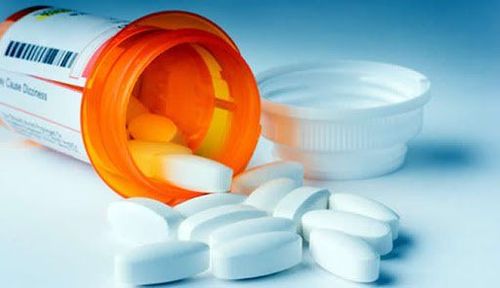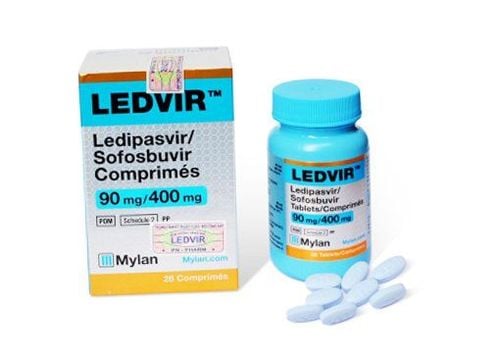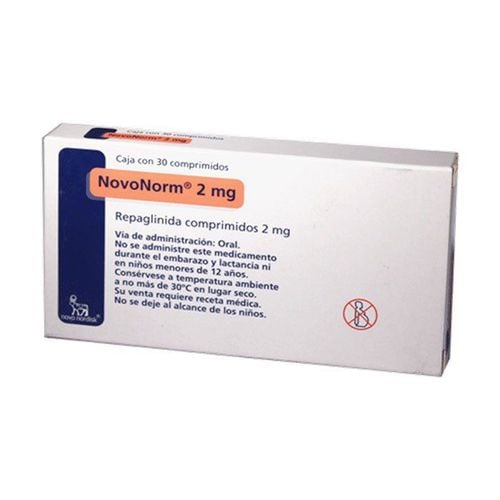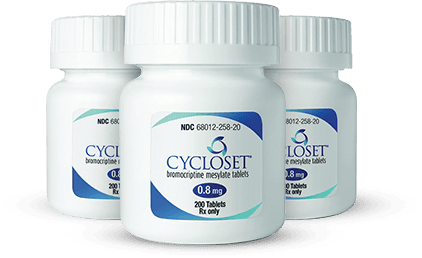This is an automatically translated article.
The article was professionally consulted by a General Internal Medicine Doctor - Department of Examination & Internal Medicine - Vinmec Nha Trang International General Hospital.Hyperosmolar coma in diabetic patients is a very serious complication with a mortality rate as high as 20-30%, higher than that of diabetic ketoacidosis. This phenomenon often occurs in elderly people with diabetes.
1. What is hyperosmolar coma?
Hyperosmolar coma occurs when a patient's glycemic index is elevated with high osmolality. Acidosis in coma is not significantly increased osmotic pressure, pH is often greater than 7.3, ketosis does not occur or is only minimal.2. Symptoms of coma with increased osmotic pressure
Symptoms of hyperosmolar coma in patients with diabetes:Consciousness disturbances with varying degrees from lethargy to deep coma.
Patient has signs of severe dehydration such as: dry skin, slow loss of skin folds, rapid pulse, low blood pressure...
Symptoms of other triggers such as infection, vascular accident Brain ...

Bệnh nhân hôn mê tăng áp lực thẩm thấu có triệu chứng như bị tai biến
3. Distinguishing diabetic ketoacidosis from hyperosmolar coma
Ketoacidosis is characterized by elevated blood glucose levels greater than 300 mg/dL, blood pH < 7.3, alkaline reserves less than 15 mEq/l, blood ketones and strongly positive urine ketones Increased osmolarity occurs when glucose Blood elevation > 400 mg/dL in most cases, blood osmolality > 320 mOsm/Kg water but negligible acidosis, pH > 7.3, no or little ketosis. Statistically, ketoacidosis occurs 6-8 times more often than coma with hyperosmolarity. Ketoacidosis is common in type 1 diabetes while hyperosmolarity mainly occurs in type 2 diabetes, especially in women over 50 years of age. Hyperosmolar coma has a higher mortality rate than diabetic ketoacidosis.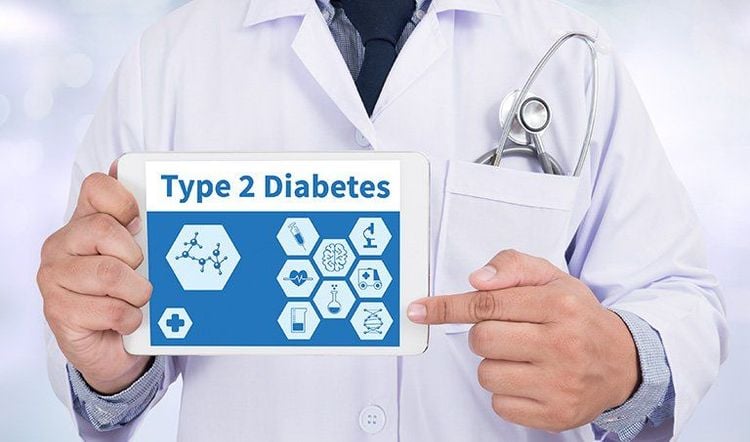
Tăng áp lực thẩm thấu máu chủ yếu xảy ra ở đái tháo đường tuýp 2
4. Pathogenesis
Hyperosmolar coma and ketoacidosis both have a common background of absolute or relatively severe insulin deficiency, accompanied by an increase in insulin resistance hormones. In the absence of insulin, tissue glucose uptake is reduced and tissue glucose utilization is also reduced. Without insulin, the liver will increase the production of glucose into the blood.When the deficiency is severe, adipose tissue will be lysed, triglycerides hydrolyze into glycerol and fatty acids, glycerol will generate sugar, a small part of fatty acids is used for energy, most of which is taken to the liver. In the liver, fatty acids are taken into the mitochondria and oxidized by beta to ketone bodies.
Decreased glucose uptake in muscle tissue and increased glucose production from the liver will increase blood sugar, if blood sugar is greater than 200 mg/dL, sugar will appear in the urine, sugar is a substance with high osmotic pressure causing high blood sugar. osmotic polyuria, the patient loses water and electrolytes, especially potassium and sodium.
However, in hyperosmolar coma, there is usually no or very little ketosis, and this mechanism is not completely understood. It is assumed that patients with type 2 diabetes have only a relative insulin deficiency, and levels of insulin resistance hormones and free fatty acids are also often lower in ketoacidosis. In addition, the insulin/glucagon ratio in hyperosmolar conditions does not decrease to a level that favors the formation of ketone bodies.
5. Management of hyperosmotic coma
Principles of management First aid ABC Place a large intravenous line, place a central venous catheter. Monitor capillary blood sugar every 3 hours, use insulin to control blood sugar. Monitor electrolytes every 6 hours until the patient is stable. Diagnosis and treatment of favorable causes of increased osmotic pressure (pneumonia, urinary tract infections...).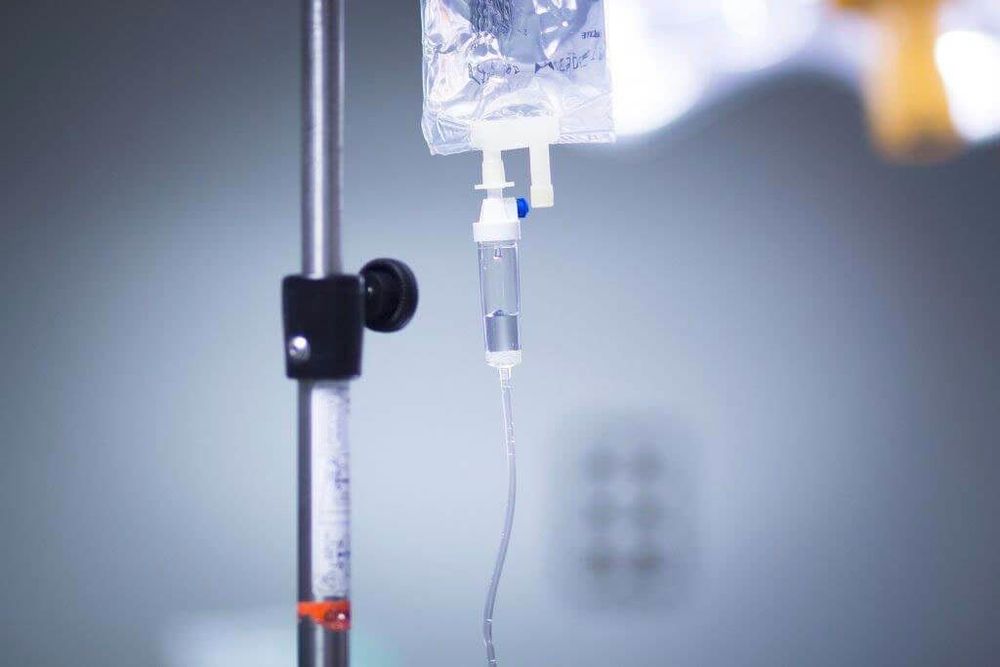
Xử trí hôn mê tăng áp lực thẩm thấu theo đúng nguyên tắc
To register for an examination at Vinmec International General Hospital, please book an appointment on the website to be served.
Please dial HOTLINE for more information or register for an appointment HERE. Download MyVinmec app to make appointments faster and to manage your bookings easily.




